BY ANY STANDARD, the polling surge that Canada’s Liberals are enjoying is extraordinary. Among 31 rich parliamentary or semi-presidential democracies over the past decade, only one party has had a larger spike in support over 100 days than the Liberals’ 25-percentage-point gain this year: Slovenia’s Freedom Movement (see chart). But in Canada the spike is just an extreme version of the norm. Yes, it is the largest move in the country’s polling history, but wild oscillations in voting intentions are standard. The 1993 campaign, when the Progressive Conservatives lost 15 points in just over two months, going from 154 seats to just two, has become an international byword for electoral wipe-out.
This volatility makes it tricky to predict the results of Canada’s election on April 28th. Although public models of the election do exist, they are “now-casts” which estimate who would win if an election were held today. In contrast, this week The Economist is launching its first forecast model of a Canadian election, which accounts for the uncertainty associated with nearly a full month remaining for campaigning. It gives the Liberals a 83% chance of winning the most seats, and a 73% shot at an outright majority.
It might seem outlandish to publish a forecast that, at first glance, seems to have done a poor job during the current election cycle. In January, our model gave the Liberals a 4% chance of winning the most seats—higher than the now-casts, but still low. Yet given the information available at the time, we think this was a reasonable estimate. The resignation of the disliked Justin Trudeau, belligerence of Donald Trump and ascent of Mark Carney as prime minister have turned Canada’s politics on its head since then.
Our forecast accounts for the distribution of votes across 343 constituencies, known as “ridings”. Canada’s first-past-the-post voting system helps the Liberals. Conservative votes are inefficiently concentrated in a small number of western ridings. Liberals win a large number of seats by smaller margins. Our model gives the Liberals a 9% chance of winning the most seats while losing the popular vote—just as in the two most recent elections (see chart).
Although the voting system hurts the Conservatives, it may be existential for smaller parties. Defectors from the left-wing New Democratic Party have powered the Liberals’ rise. The NDP is now polling around 8%, down from the 18% they won in 2021. In our median forecast, they are projected to lose 20 of their 24 seats. That would be their worst tally ever. They have a 9% chance of winning no seats at all. Canada’s Green Party is wiped out in more than half of our simulated elections; the hard-right People’s Party of Canada again fails to win a seat four times out of five.
Between Canada’s fickle electorate, a voting system that exaggerates swings and the possibility of a big polling error, a wide range of outcomes is possible. The Economist’s forecast will be updated daily.






0 Comments